Angola features some of the world’s artificial sites This blending of cultural sites and the best monuments in Angola has given way to a fantastic and most breathtaking natural that represents the country’s rich history, like many African countries. Angola is the seventh-largest country on the continent and located in the southern part of Africa. Angola is home to nearly 26 million people. The majority of people are Roman Catholics and the official language spoken is Portuguese and which is a reflection of the country’s colonizers. If you are looking to visit monuments in Angola on your holiday or during a business trip, you should consider visiting some of the country’s most popular monuments in Angola.
Here, you can learn about the top historic visits into what the country has to offer and we’ve compiled the top historic sites to visit in Angola. Find out more about the popular monuments in Angola in this tiny country with our list of the top monuments in Angola.
Angola Monuments List
1. Christ the King Statue
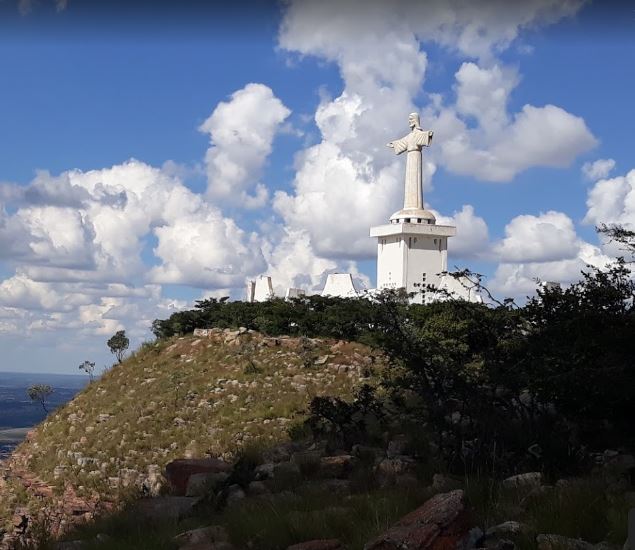
Christ the King Statue also has a statue of Christ overlooking the city, like Rio de Janeiro. It was built in 1957 out of marble and most important monuments in Angola. Cristo Rei Statue is the exact same height with a pedestal as the one in Rio de Janeiro without the pedestal, namely 30 m high. Next to the statue stands another landmark clone, a huge Lubango sign strongly inspired by the one in Hollywood. However, what is truly unique up here are the Himba tribe ladies, who normally sits in the shade ready to posh for some kwanzas. Agree on the price before snapping away.
2. Mausoleum of Neto
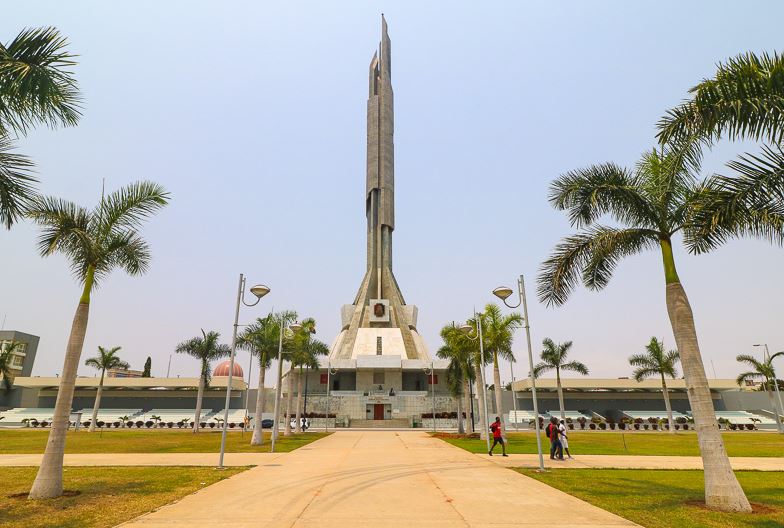
Agostinho Neto was the father of modern Angola. He leads Angola to independence in 1974 and was the first president. He died in 1979 and was a socialist norm dictated at the time, embalmed and put on a show in an open casket, visit the popular monuments in Algeria. However, after years of not proper care, it was necessary to put Neto’s corpse into a closed casket, where he rests to this day. Mausoleum of Neto is shaped like a rose upside down. You can’t miss the Mausoleum of Neto because it has it takes up a huge chunk of prime real estate at the waterfront.
3. Fortress of Sao Miguel
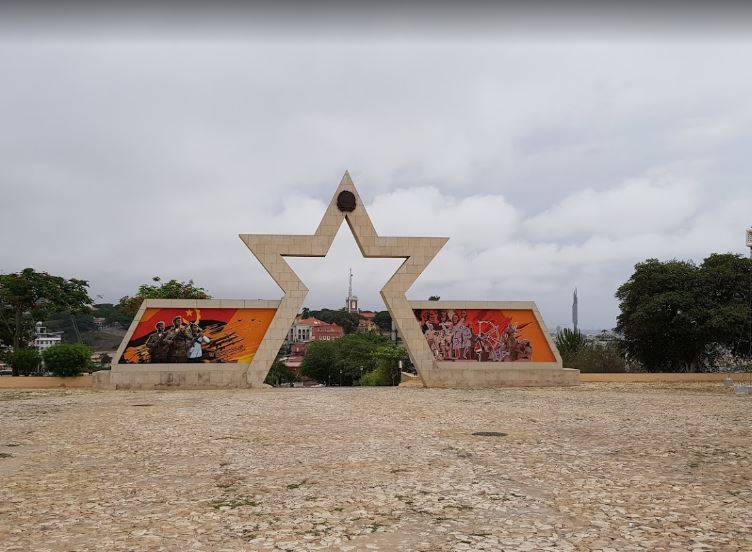
Fortress of Sao Miguel is a Portuguese fortress located in Luanda. Luanda is an Angola’s capital. It was built in 1576 and famous monuments in Angola. The Portuguese Governor Paulo Dias de Novais was constructed this beautiful fortress. He was also the grandson of explorer Bartolomeu Dias. In 1627, the fortress was used as the administrative center of the colony. The building serves as a museum for the country’s armed forces, currently. Fortress of Sao Miguel has been renamed Museu Nacional de Historia Natural de Angola.
Read More: Historical monuments in Afghanistan
4. National Museum of Slavery
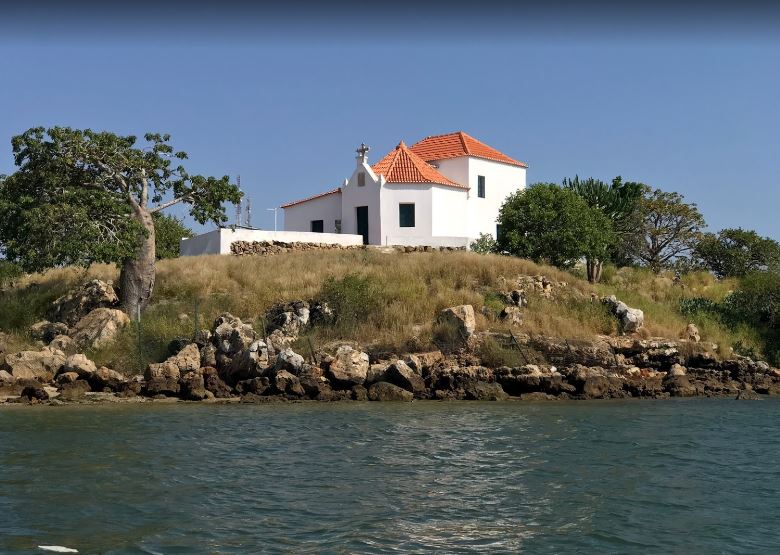
The National Museum of Slavery, monuments in Angola is located in Morro da Cruz, a small locality of Luanda. In 1977, the National Museum of Slavery was established by the National Institute of Cultural Patrimony. The aim of this museum is depicting the history of slavery in Angola. National Museum of Slavery is next to the Capela da Casa Grande, where slaves were baptized before being shipped to other western destinations and America. The museum features hundreds of cultural or historical interest that were used in the slave trade.
5. Cathedral of the Holy Savior
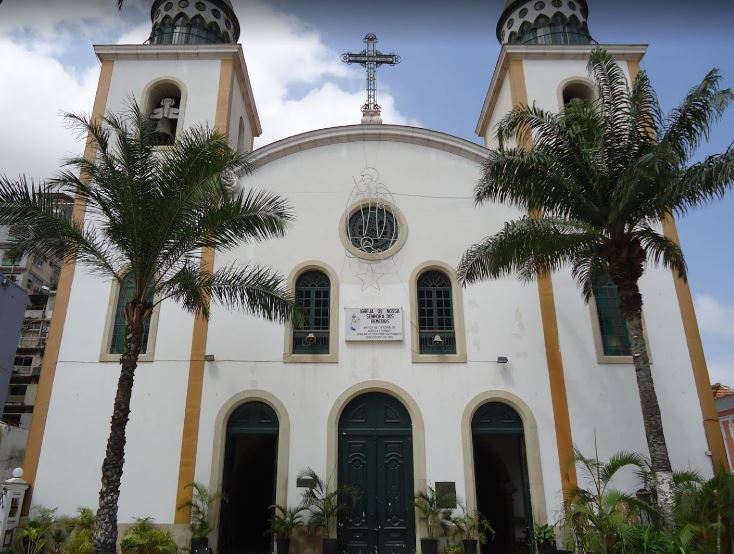
Cathedral of the Holy Savior is a Roman Catholic Cathedral and most important medieval sites in Angola. The Cathedral of the Holy Savior was built in 1628. Cathedral of the Holy Savior is regarded as the seat of the Roman Catholic Archbishop of Luanda. Many few knows that the current structure is an improvement of the original cathedral, whose ruins were restored in 1880. The structure features a curved pediment on the front and three doors.
Read More: Most visited monuments in England
6. Palacio de Ferro
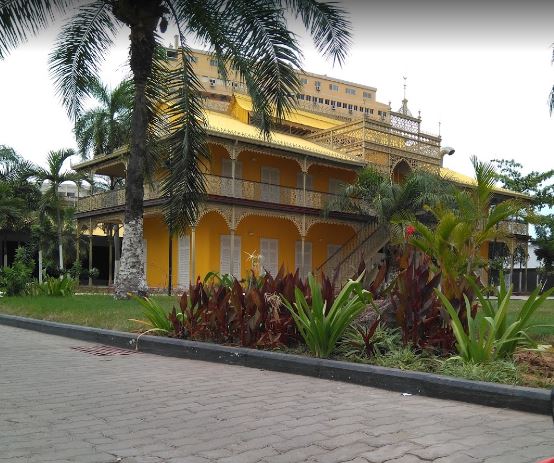
Palacio de Ferro is also known as the Iron Palace and considered as historical monuments in Angola. Palacio de Ferro is a monumental building located in Luanda, the capital of Angola. Palacio de Ferro is believed to have been built in the 1890s. It is also said that it was built by someone associated with Gustave Eiffel, a Portuguese builder of some of the world’s most iconic structures, including the Statue of Liberty in New York City and the Eiffel Tower in France. With funding from Brazilian construction companies, the building is currently undergoing renovations and profits from Angola’s booming oil trade. According to the country’s Ministry of Culture, it’s considered a symbol of the city’s rebirth and will soon be turned into a restaurant or diamond museum.
7. Fortress of Muxima

The fortress of Muxima was built in 1599 and most visited monuments in Angola. It is located in the Muxima district along the Kwanza River in Bengo province of Angola. It played a major role in the expansion of Angolan territory by the Portuguese and It was formerly used as a prison, read about the Famous Monuments in Indonesia. While assuring them protection against any uprisings or revolts, the fortress provided colonialists with access to the interior of Angola’s territory. The Fortress of Muxima was declared a national monument in January 1924.
8. Massanganu Fortress
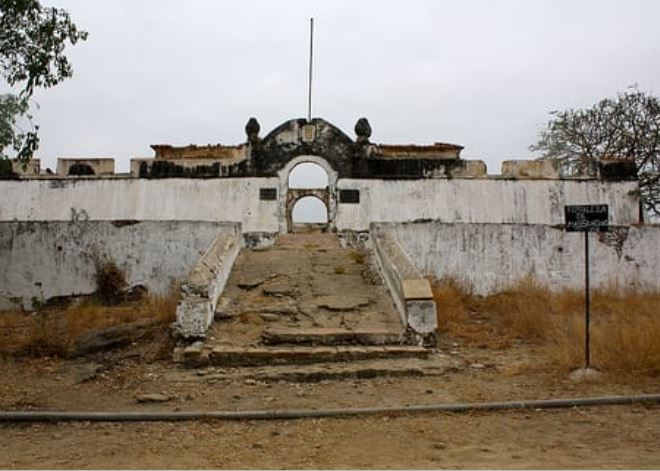
The Massanganu Fortress was built by Portuguese Governor Cerveira Pereira in 1583 and important monuments in Angola. He played an important role in expanding the Portuguese occupation. To counter the resistance put up by locals against the colonialists was the main objective of building. The fortress was also considered a gold mine, where many locals were captured and sold off as slaves.
9. Quiçama National Park
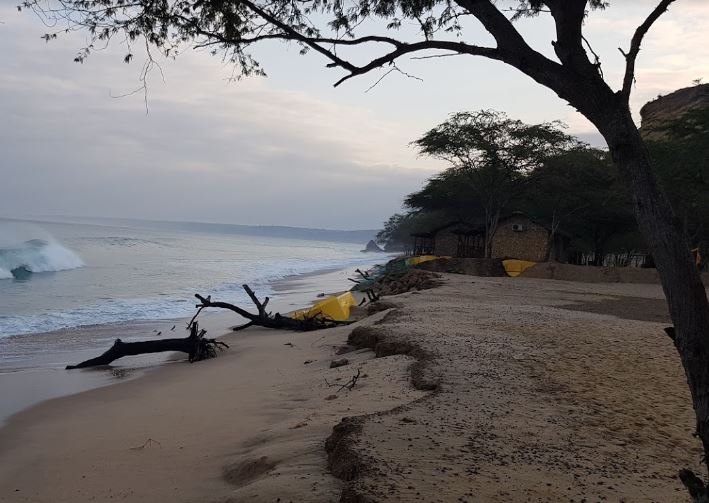
Quiçama National Park is also known as Kissama National Park. This ancient and most unique monument in Angola. This park is located in northwestern Angola and is the only functioning national park in the country. The park covers 3 million acres more than twice the size of the U.S. state of Rhode Island, and approximately 70 kilometers from Luanda. The park made into a national park in 1957 and was originally formed as a game reserve in 1938. The park’s animal population was destroyed after 25 years of civil war. Foundation, South Africans and a group of Angolans, to transport animals, especially elephants, from neighboring South Africa and Botswana in an initiative called Operation Noah’s Ark.
Related Post:
So far we have discussed the famous monuments in Angola, which contains the proper information regarding all the top monuments in Angola. I hope you might have loved reading this article and if you love to know more about Angola then kindly head to our other articles as well which will help you to get knowledge about Angola.
The post Famous Monuments in Angola | Most Visited Monuments in Angola appeared first on World Tour & Travel Guide, Get Travel Tips, Information, Discover Travel Destination | Adequate Travel.